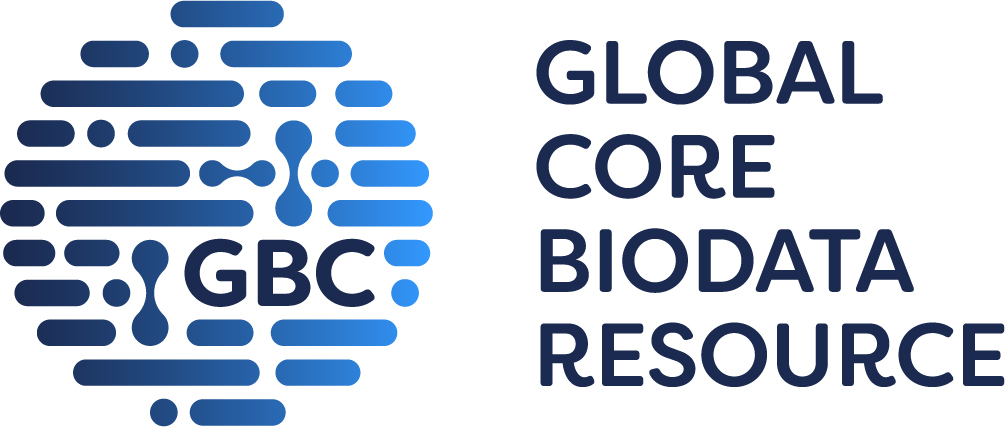
GtoPdb is requesting financial support from commercial users. Please see our sustainability page for more information.
Bile acid receptor C
Unless otherwise stated all data on this page refer to the human proteins. Gene information is provided for human (Hs), mouse (Mm) and rat (Rn).
Overview
« Hide
More detailed introduction 
The bile acid receptor (GPBA) responds to bile acids produced during the liver metabolism of cholesterol. Selective agonists are promising drugs for the treatment of metabolic disorders, such as type II diabetes, obesity and atherosclerosis.
Receptors
|
GPBA receptor
C
Show summary »
More detailed page |
Comments
Further reading
How to cite this family page
Database page citation (select format):
Concise Guide to PHARMACOLOGY citation:
Alexander SPH, Christopoulos A, Davenport AP, Kelly E, Mathie AA, Peters JA, Veale EL, Armstrong JF, Faccenda E, Harding SD, Davies JA et al. (2023) The Concise Guide to PHARMACOLOGY 2023/24: G protein-coupled receptors. Br J Pharmacol. 180 Suppl 2:S23-S144.








The triterpenoid natural product betulinic acid has also been reported to inhibit inflammatory signalling through the NFκB pathway [8]. Disruption of GPBA expression is reported to protect from cholesterol gallstone formation [10]. A new series of 5-phenoxy-1,3-dimethyl-1H-pyrazole-4-carboxamides have been reported as highly potent agonists [4].